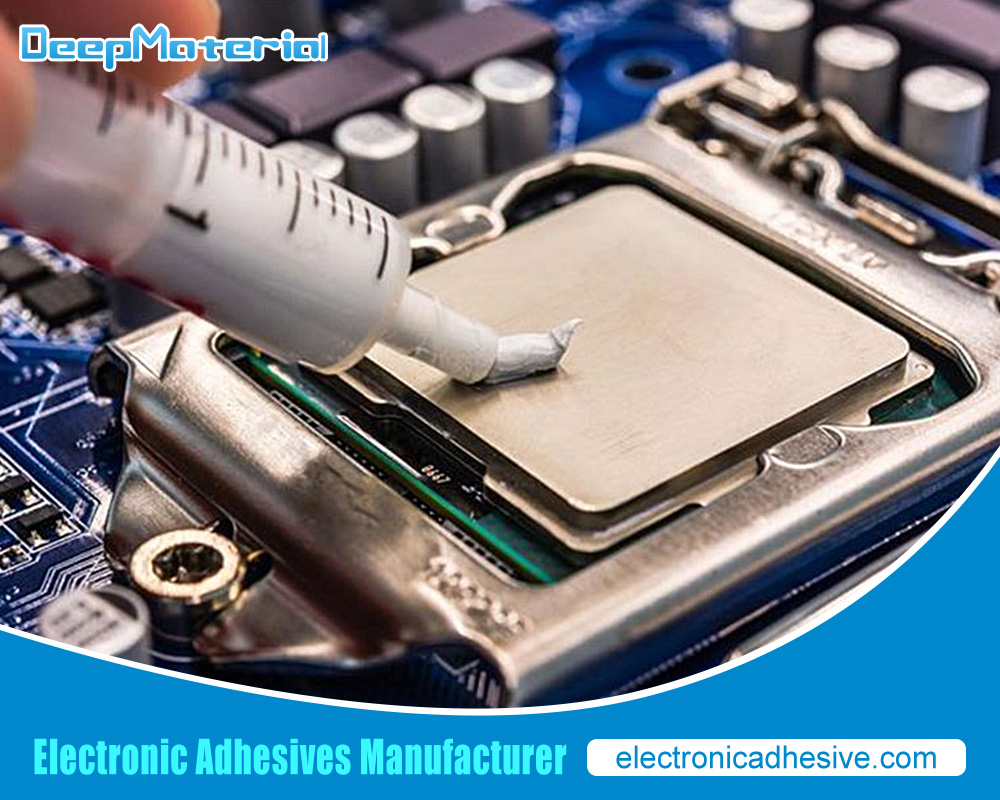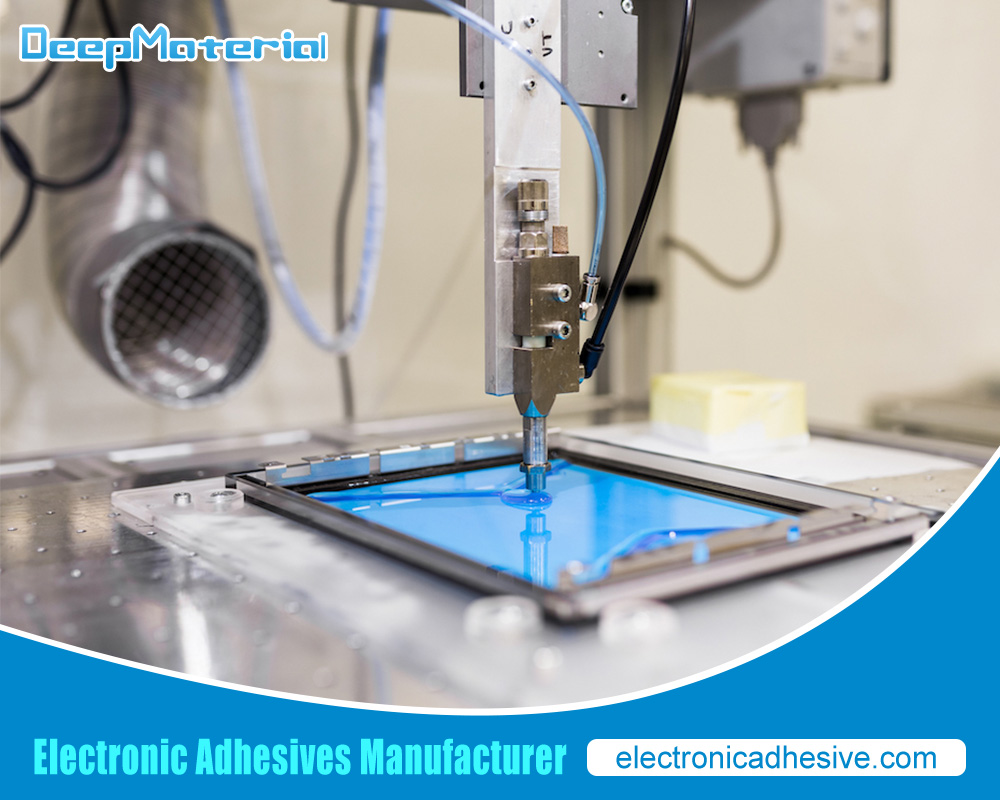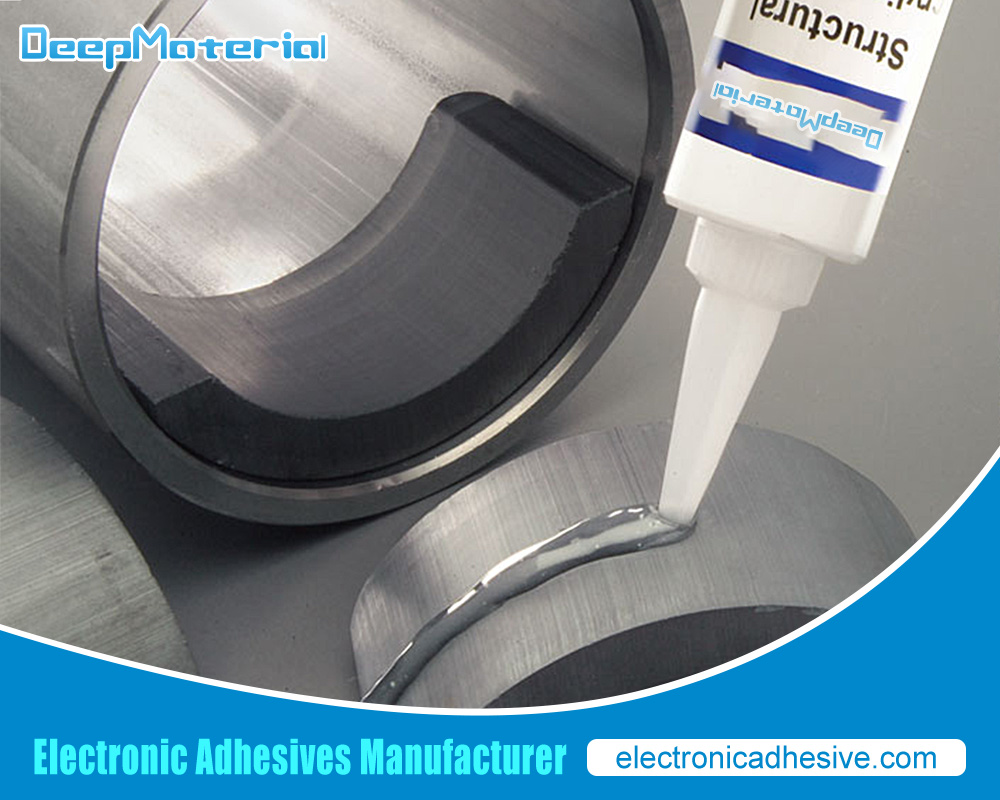Non-Conductive Epoxy Adhesive Glue for Electronics: A Comprehensive Guide
Non-Conductive Epoxy Adhesive Glue for Electronics: A Comprehensive Guide
Adhesives play a crucial role in assembling and protecting components in electronics. Among the various types of adhesives available, non-conductive epoxy adhesive glue stands out for its unique properties, making it ideal for electronic applications. This article delves into the world of non-conductive epoxy adhesive glue, exploring its composition, benefits, applications, and considerations for use.
What is Non-Conductive Epoxy Adhesive Glue?
Non-conductive epoxy adhesive glue is a two-part system that consists of a resin and a hardener. When mixed, these components undergo a chemical reaction that results in a robust and durable bond. Unlike conductive adhesives, non-conductive epoxy does not allow the passage of electrical current, making it ideal for use in electronic assemblies where insulation between components is essential.
The primary characteristic differentiating non-conductive epoxy adhesive from its conductive counterparts is its ability to maintain electrical insulation. This property is fundamental in electronic applications where even a tiny amount of conductivity could lead to short circuits, malfunctions, or damage to sensitive components.
Composition and Properties
The composition of non-conductive epoxy adhesive glue typically includes an epoxy resin, a hardener, and various fillers and additives that enhance its performance. The resin is usually a bisphenol-A (BPA) or bisphenol-F (BPF) based epoxy, providing the adhesive with solid bonding capabilities. When mixed with the resin, the hardener, often an amine or anhydride, initiates the curing process.
Fillers and additives are incorporated to improve the adhesive’s properties, such as viscosity, thermal stability, and impact resistance. Common fillers include silica, alumina, and other insulating materials that contribute to the adhesive’s non-conductive nature. These fillers also help to enhance the adhesive’s mechanical strength and thermal conductivity, which are crucial in electronic applications.
Non-conductive epoxy adhesives exhibit several fundamental properties that make them suitable for electronics:
- Electrical Insulation: The primary feature of non-conductive epoxy adhesives is their ability to insulate electrical components, preventing unwanted current flow and reducing the risk of short circuits.
- Thermal Stability: These adhesives are designed to withstand high temperatures without losing their bonding strength or insulating properties. This is essential in electronic applications where heat dissipation is a concern.
- Chemical Resistance: Non-conductive epoxy adhesives resist various chemicals, including solvents, oils, and acids. This ensures the longevity of the adhesive bond in harsh environments.
- Mechanical Strength: The cured adhesive provides excellent mechanical strength, which is vital for electronic assemblies’ structural integrity.
- Low Shrinkage: Non-conductive epoxy adhesives exhibit minimal shrinkage during curing, reducing the risk of stress on the bonded components.

Applications in Electronics
Non-conductive epoxy adhesive glue finds a wide range of applications in the electronics industry due to its versatile properties. Below are some of the critical areas where this adhesive is commonly used:
- PCB Assembly: In printed circuit board (PCB) assembly, non-conductive epoxy adhesives are used to secure components such as capacitors, resistors, and integrated circuits (ICs) to the board. The adhesive provides a strong bond and insulates the components from each other, preventing electrical shorts.
- Encapsulation and Potting: Non-conductive epoxy adhesives are often used in encapsulation and potting processes to protect electronic components from environmental factors such as moisture, dust, and mechanical shock. The adhesive forms a protective barrier around the components, ensuring their long-term reliability.
- Cable and Wire Bonding: Non-conductive epoxy adhesives bond and insulate cables and wires in electronic devices. This helps to prevent short circuits and enhances the durability of the connections.
- Heat Sink Attachment: In electronic devices that generate significant heat, such as power supplies and CPUs, non-conductive epoxy adhesives attach heat sinks to the components. The adhesive provides a strong bond while maintaining electrical insulation between the heat sink and the component.
- Sensor and Transducer Bonding: Non-conductive epoxy adhesives are commonly used to bond sensors and transducers to various substrates. The adhesive ensures accurate signal transmission while providing electrical insulation.
- LED Bonding: In LED manufacturing, non-conductive epoxy adhesives bond the LED chips to the substrates. The adhesive provides both mechanical support and electrical insulation, ensuring the performance and longevity of the LEDs.
Advantages of Non-Conductive Epoxy Adhesive Glue
The use of non-conductive epoxy adhesive glue in electronics offers several advantages that make it a preferred choice for manufacturers and engineers:
- Enhanced Electrical Insulation: The primary advantage of non-conductive epoxy adhesives is their ability to provide excellent electrical insulation. This is critical in preventing short circuits and ensuring the safe operation of electronic devices.
- Durability and Longevity: Non-conductive epoxy adhesives form strong, durable bonds that can withstand mechanical stress, temperature fluctuations, and exposure to harsh chemicals. This ensures the longevity of the bonded components.
- Versatility: Non-conductive epoxy adhesives can be used in various applications, from PCB assembly to encapsulation and potting. Their versatility makes them a valuable tool in the electronics industry.
- Thermal Management: Some non-conductive epoxy adhesives are formulated with thermally conductive fillers, allowing them to dissipate heat while maintaining electrical insulation. This is particularly important in high-power electronic devices.
- Chemical and Environmental Resistance: Non-conductive epoxy adhesives resist chemicals, moisture, and environmental factors, making them suitable for harsh conditions.
- Low Outgassing: Non-conductive epoxy adhesives are designed to have low outgassing properties, reducing the risk of contamination in sensitive electronic assemblies.
- Customization: Manufacturers can customize non-conductive epoxy adhesives to meet specific application requirements, such as adjusting the curing time, viscosity, or thermal conductivity.
Considerations for Use
While non-conductive epoxy adhesive glue offers numerous benefits, there are several considerations to keep in mind when using it in electronic applications:
- Curing Time: The curing time of non-conductive epoxy adhesives can vary depending on the formulation and environmental conditions. Ensuring the adhesive is fully cured before subjecting the bonded components to mechanical stress or electrical testing is essential.
- Application Method: The method of applying non-conductive epoxy adhesive can impact the quality of the bond. Careful consideration should be given to factors such as dispensing, spreading, and curing techniques to achieve optimal results.
- Compatibility with Substrates: Non-conductive epoxy adhesives may not bond well with all substrates. Testing the adhesive on the specific materials used in the assembly is essential to ensure compatibility and adhesion.
- Thermal Expansion: The adhesive’s coefficient of thermal expansion (CTE) should be compatible with the CTE of the bonded materials to prevent stress and potential failure during temperature fluctuations.
- Storage and Handling: Non-conductive epoxy adhesives should be stored and handled according to the manufacturer’s recommendations to maintain effectiveness. Proper storage conditions can help prevent premature curing or degradation of the adhesive.
- Cost: Non-conductive epoxy adhesives can be more expensive than other adhesives. It’s essential to weigh the cost against the benefits and requirements of the specific application.
- Health and Safety: Some epoxy adhesives may contain hazardous chemicals if not appropriately handled. Following safety guidelines and using appropriate personal protective equipment (PPE) when working with these adhesives is essential.
Innovations and Future Trends
The non-conductive epoxy adhesive glue field is continually evolving, with innovations aimed at improving performance, sustainability, and ease of use. Some of the emerging trends and advancements in this area include:
- Eco-Friendly Formulations: With increasing awareness of environmental impact, there is a growing demand for eco-friendly, non-conductive epoxy adhesives. Manufacturers are developing formulations that reduce the use of hazardous chemicals and minimize the carbon footprint of the adhesive.
- Faster Curing Times: Innovations in curing technology are leading to speedier curing times for non-conductive epoxy adhesives, reducing production cycles, and increasing efficiency in electronic manufacturing.
- Improved Thermal Management: Advances in filler technology enable the development of non-conductive epoxy adhesives with enhanced thermal conductivity. This allows for better heat dissipation in high-power electronic devices.
- Nano-Enhanced Adhesives: Incorporating nanomaterials into non-conductive epoxy adhesives is an emerging trend that offers improved mechanical properties, thermal stability, and electrical insulation. These nano-enhanced adhesives have the potential to revolutionize electronic assembly processes.
- Automation and Robotics: Integrating non-conductive epoxy adhesives into automated manufacturing processes is becoming more prevalent. Robotics and precision dispensing systems are being used to apply adhesives with greater accuracy and consistency, improving the quality and reliability of electronic assemblies.
- Adhesives for Flexible Electronics: As the demand for flexible and wearable electronics grows, there is a need for non-conductive epoxy adhesives that can bond and insulate flexible substrates. Innovations in this area are focused on developing adhesives with the flexibility and durability required for these applications.
- Innovative Adhesives: Smart adhesive areas are gaining traction, with researchers exploring the possibility of adhesives that can change properties in response to external stimuli, such as temperature or pressure. These innovative adhesives offer new options for electronic assembly and repair.

Conclusion
Non-conductive epoxy adhesive glue is vital in the electronics industry, offering unparalleled electrical insulation, durability, and versatility. Its ability to bond and protect electronic components while maintaining electrical insulation makes it an indispensable tool for manufacturers and engineers. As technology advances, the development of new formulations and applications for non-conductive epoxy adhesives will continue to drive innovation in electronic assembly and packaging. Whether in PCB assembly, encapsulation, or sensor bonding, non-conductive epoxy adhesive glue will remain a cornerstone of modern electronics, ensuring the reliability and performance of devices in an increasingly interconnected world.
For more about choosing the Top Non-Conductive Epoxy Adhesive Glue for Electronics: A Comprehensive Guide, you can pay a visit to DeepMaterial at https://www.electronicadhesive.com/ for more info.











